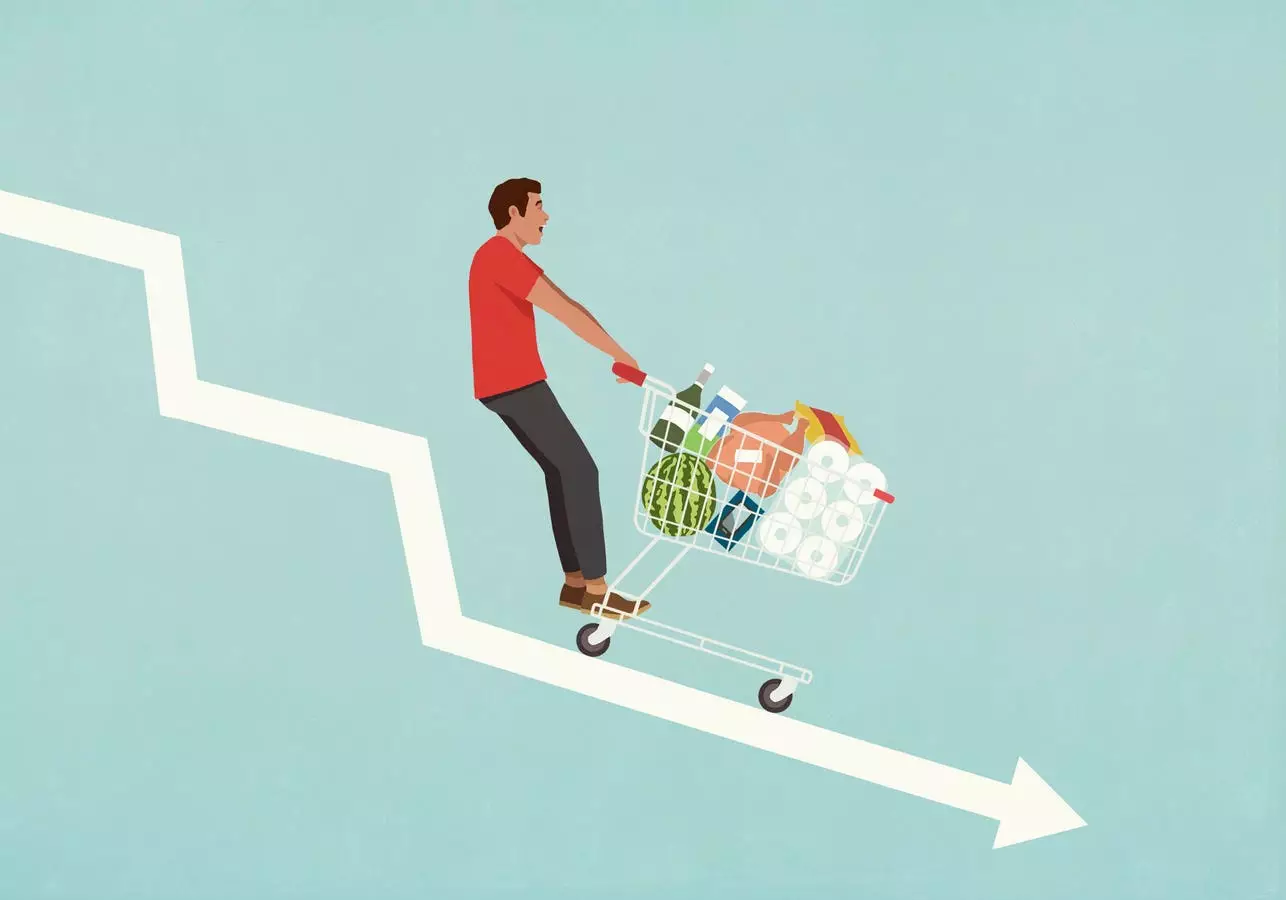Food and beverage inflation has been a significant concern for both consumers and companies in the market. With rising prices and shrinking purchasing power, finding effective strategies to combat inflation has become crucial for F&B businesses. In this article, we will explore different approaches that companies can take to address the challenges posed by inflation and changing consumer behaviors.
Dynamic Pricing and Digital Menus
Wendy’s CEO Kirk Tanner’s announcement of testing “dynamic pricing” raised concerns among consumers. However, the use of AI and digital menus to offer discounts during slower times could be a creative approach to attract customers. While some feared price hikes, Tanner assured that these strategies could lead to lower prices. With many F&B companies rolling out deals and discounts, dynamic pricing and digital menus could help companies stay competitive in the market.
Private Label and Price Wars
As companies shift their focus from margins to market share, private label products have become a popular choice in the price wars. Retailers like Target, Walmart, and Aldi have introduced lower-priced private label items to attract cost-conscious consumers. By offering more affordable options, companies can build market share and retain customers in the face of inflationary pressures.
Consumers are actively seeking deals and promotions to control costs, leading to a rise in market competition. Companies are downsizing portions (Shrinkflation) and offering discounts to appeal to cost-conscious shoppers. While the worst of food inflation may be behind us, changing consumer mindsets have prompted companies to adopt new pricing strategies to remain competitive in the market.
Regulatory Response and Legislative Actions
Concerns about price gouging and consumer rights have prompted legislators to take action. Senators Elizabeth Warren and Robert P. Casey, Jr. have raised concerns about electronic shelf labels and their impact on consumer pricing. Similarly, Vice President Kamala Harris has discussed potential legislation to address food price gauging and protect consumers’ interests. As regulatory scrutiny increases, companies will have to navigate pricing strategies more carefully to avoid legal repercussions.
Inflation may be slowing down, but consumer expectations for affordable prices remain high. Companies that can effectively balance cost-cutting measures with consumer satisfaction will gain a competitive edge in the market. Target’s success in drawing shoppers through price cuts is a testament to the effectiveness of strategic pricing in attracting consumers. As the market evolves, companies will need to adapt their pricing strategies to meet consumer demands and stay ahead of the competition.
Combating food and beverage inflation requires a multifaceted approach that involves dynamic pricing, private label products, and consumer-centric strategies. By staying attuned to industry trends and regulatory developments, companies can navigate the complexities of the market and emerge as market leaders. As consumer behaviors continue to evolve, companies must be proactive in adjusting their pricing strategies to meet changing demands and secure their position in the market.

